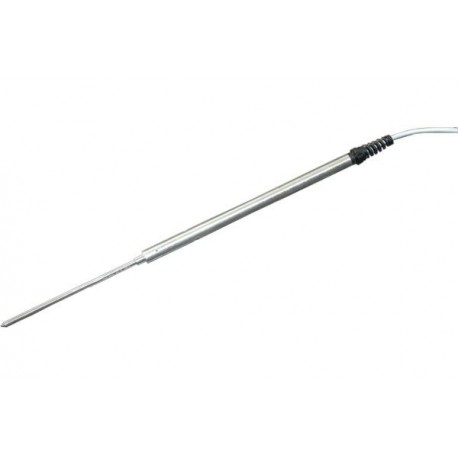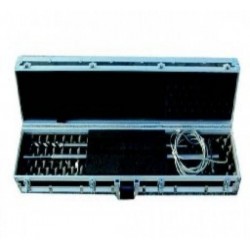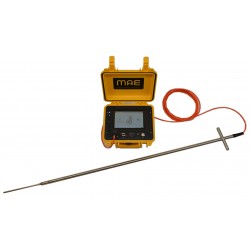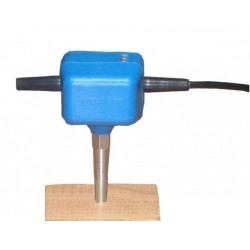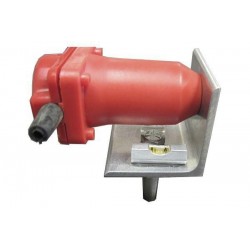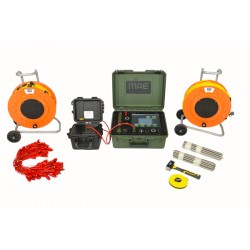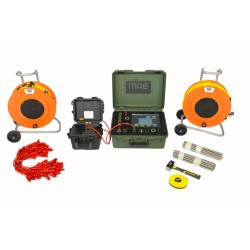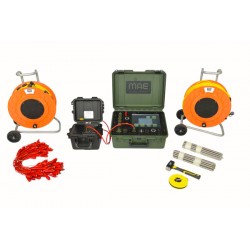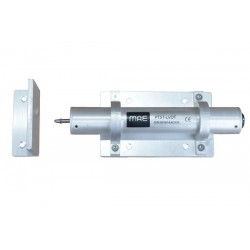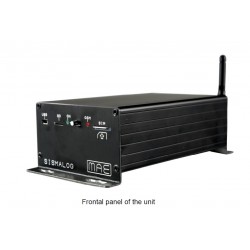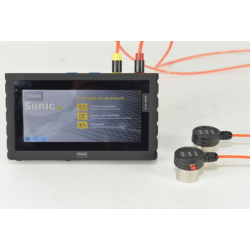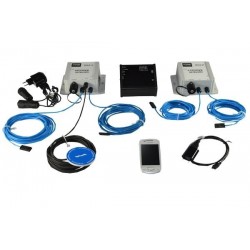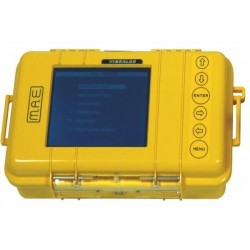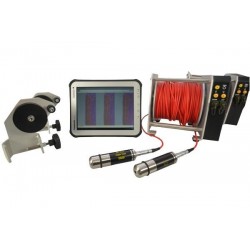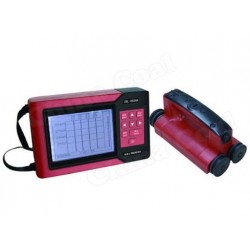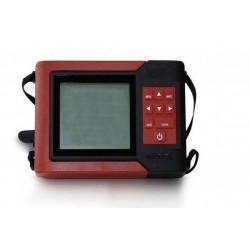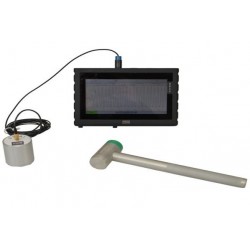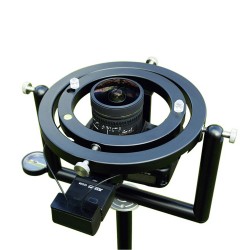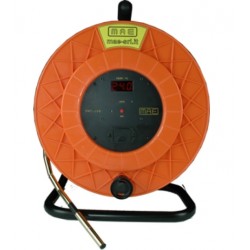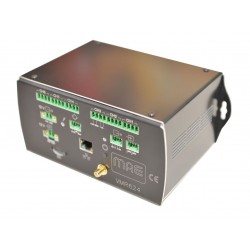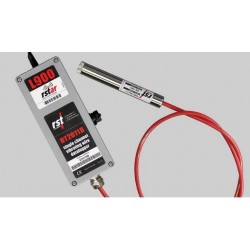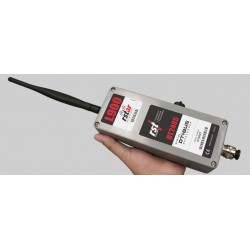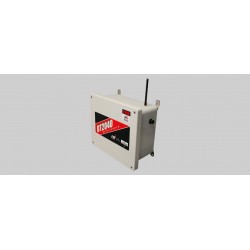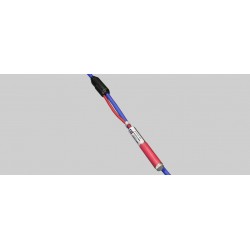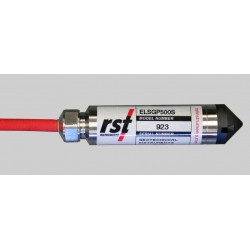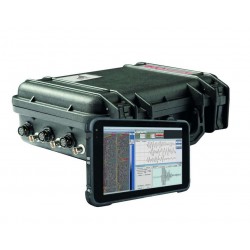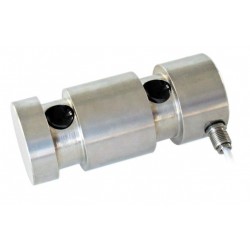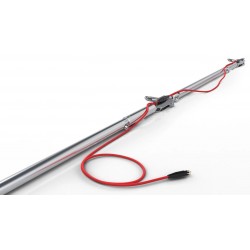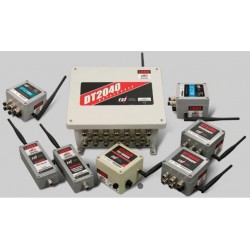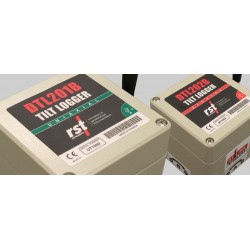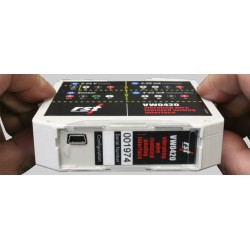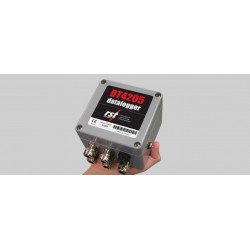No products
Prices are tax excluded
Product successfully added to your shopping cart
There are 0 items in your cart. There is 1 item in your cart.
CTS45 Thermal Conductivity Sensor
CTS45
New
Is a Thermal Conductivity Sensor for use with the TCR24
- More info about this product.
- Remove this product from my favorite's list.
- Add this product to my list of favorites.
| The Sensor measures: | Conductivity |
| Cable Length: | 5 meters |
| Sensor IP Rating | IP68 |
| Sensor for use in: | Outdoor |
CTS45 is a probe for measuring the conductivity in laboratory on samples , length: 45 cm, that offers the possibility to perform a practical and fast measurement of the thermal conductivity (or thermal resistivity) of the medium in which it is inserted at a high accuracy level.
It works in compliance with the ASTM D 5334-00, D 5930-97 and IEEE 442-1981 standards.
The probe has proven its suitability for soils, thermal backfill materials, sediments, foodstuff, powders, sludges, paints, glues and various other materials.
The Non-Steady-State Probe (NSSP) measurement method (also known as transient line source, thermal needle, hot needle, heat pulse- and hot wire technique) has the fundamental advantages that it is fast and absolute while the sample size is not critical.
Hukseflux is specialised in NSSP design. Special models have been developed for in-situ field experiments.
CALIBRATION - ISO 9000
Verification of the stability of the total probe can be done by repeated (yearly) testing in glycerol, preferably at several temperatures. Alternatively Calibration Reference Cylinders (CRC) traceable to NPL can be purchased. CTS45 is suitable for use by ISO certified labs.
Ground thermal conductivity
The measurement method is based on the so called unstable sensor technique, that uses a probe (also called thermal needle), which mounts a heating wire and a temperature sensor. The probe is introduced in the ground. From its response when subject to a heating cycle for a few minutes, it is possible to calculate the thermal resistivity (or its opposite, the heat transmission).
The principle of the measurement is based on a peculiar characteristic of a rectilinear heat course (the heating wire of the probe): after a short transitional period, the increase of the temperature depends only on the heating power and heat transmission of the medium. Once the first is known, the second can be calculated. The main applications of the technique consists in the testing of high voltage cables and heating ducts.

